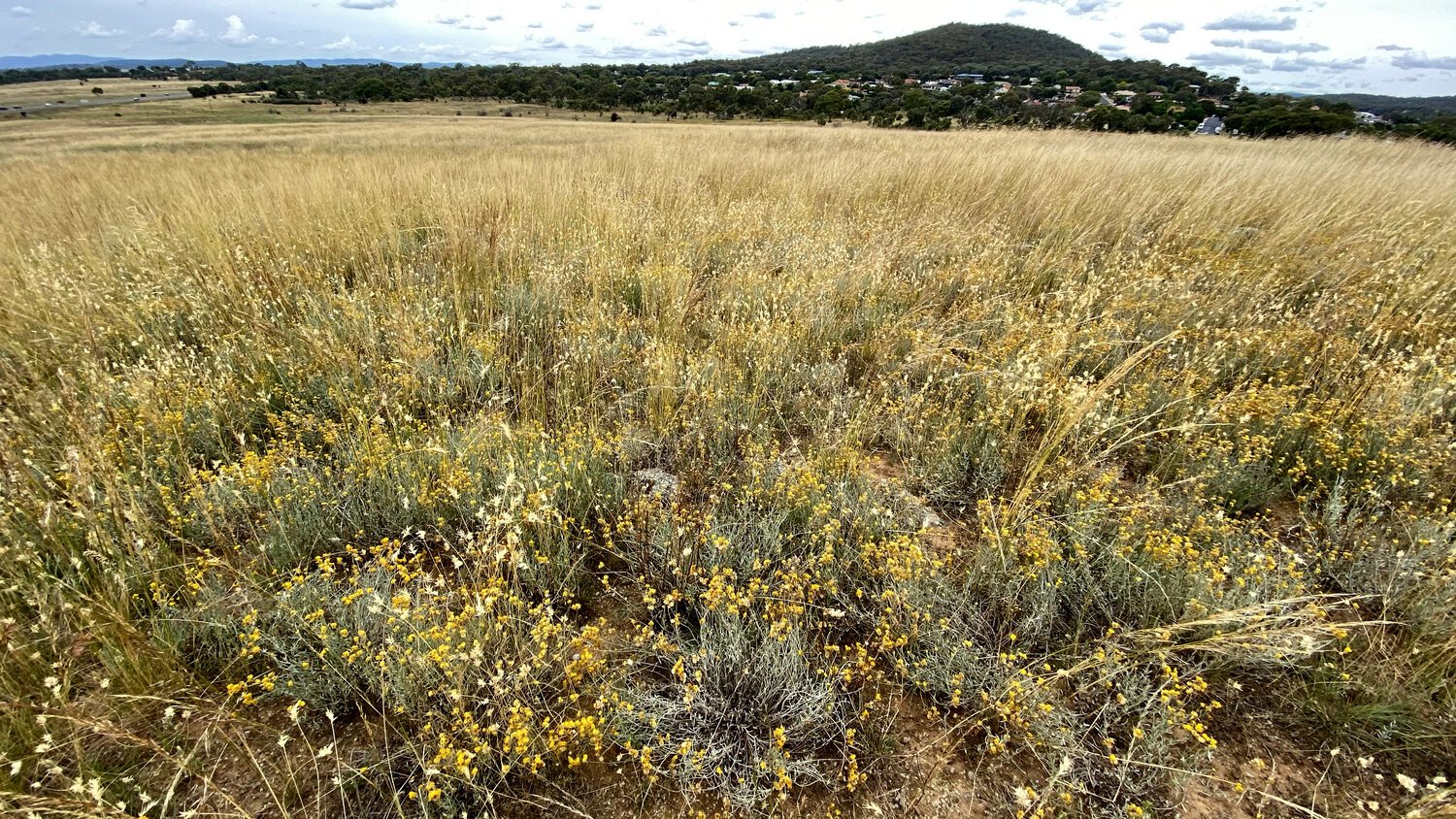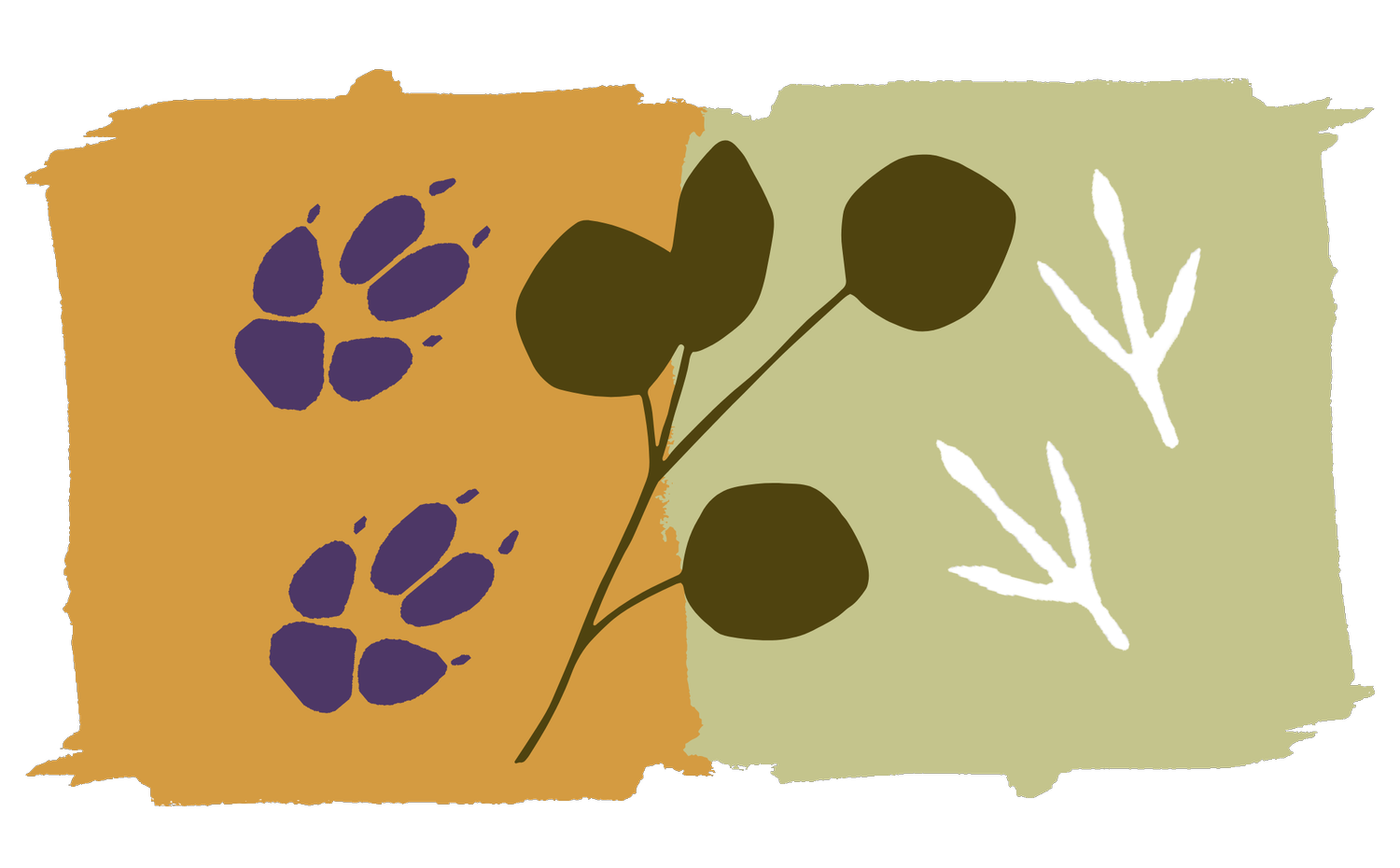
Vegetation
Pastoralism
Agricultural practices have transformed countless ecosystems in Australia through the clearing of woody vegetation and prevention of tree and shrub regeneration.
Ground layer composition has been altered from the soil to the depth of leaf litter, and if conservationists have learned anything in the past fifty years we know you can’t remove one link without jostling the whole chain.
Grassy woodlands support plants, invertebrates, birds, reptiles and beyond. Altering them has resulted in the destruction of habitat, and their recovery is an essential stepping stone toward the conservation of species like the superb parrot, eastern quoll, and eastern bettong who rely on these ecosystems for nesting sites, food sources, and everything in between.
Changes to the landscape have been so drastic that we are unable to get a reliably accurate picture of what exactly they looked like prior to European interference. As a result, our experiments and studies in this area have focused on laying the groundwork to ensure that future interference is for the benefit of native species and their habitat.
Irreversible change does not negate the possibility of recovery.
The research
The adjoined Mulligans Flat and Goorooyarroo nature reserves cover a total 1386 hectares. Surveys were undertaken in 2007 and 2008 of the ground layer vegetation and soils before the rewilding treatments were applied. Using a robust and repeatable methodology we have created a baseline dataset that forms a strong foundation for monitoring ecological changes in reserves over the medium to long term.
The results consistently pointed to extremely high grazing pressures across reserves, affecting soil processes and diminishing the value of grassy sward structure as vital habitat. Continued high levels of grazing may impede essential soil, water, and nutrient processes crucial for the restoration of well-functioning grassy woodlands.
The absence of reference conditions poses a challenge in understanding the specific soil and vegetation properties that restoration efforts should target. A search for reference sites on comparable soils is imperative for informed and targeted management strategies.
Recording this data before undertaking treatments (such as the addition of deadwood and the kangaroo fence) will allow us to find out more about the relationship between tree population structure and rewilding treatments. The findings emphasize the urgent need for informed management strategies to mitigate the impact of grazing pressures and restore the well-functioning grassy woodlands essential for biodiversity and ecosystem health.
Read in-depth about the surveys and their findings in Biomass and floristic patterns in the ground layer vegetation of box-gum grassy eucalypt woodland in Goorooyarroo and Mulligans Flat Nature Reserves, Australian Capital Territory, Cunninghamia vol. 11




